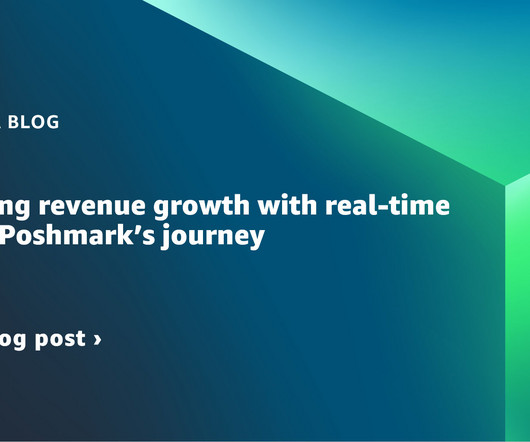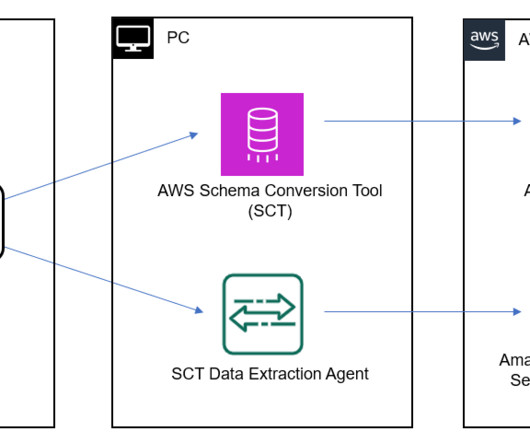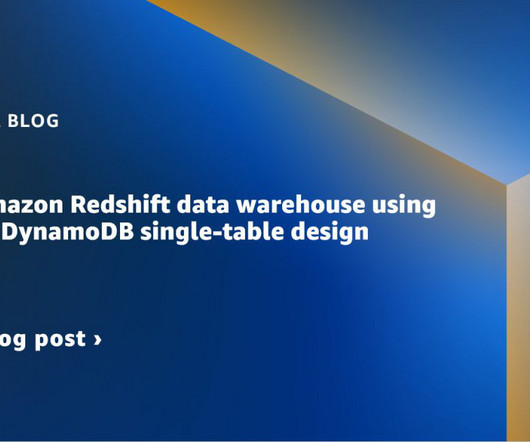What are decision support systems? Sifting data for better business decisions
CIO Business Intelligence
NOVEMBER 14, 2022
Decision support systems definition A decision support system (DSS) is an interactive information system that analyzes large volumes of data for informing business decisions. A DSS leverages a combination of raw data, documents, personal knowledge, and/or business models to help users make decisions. Model-driven DSS.
























Let's personalize your content